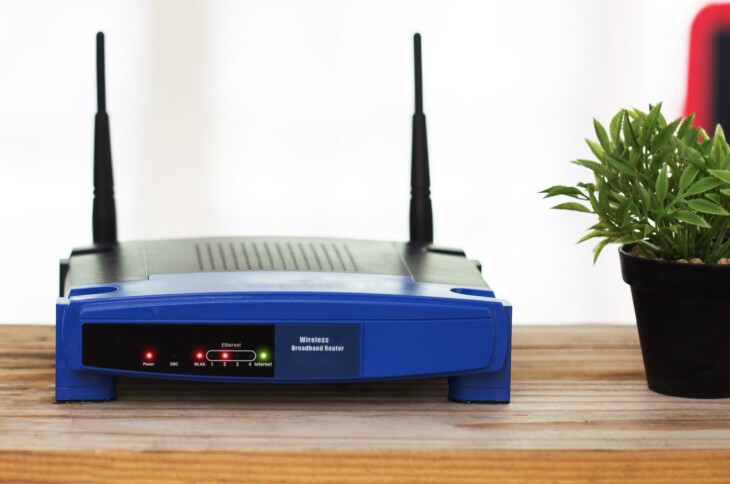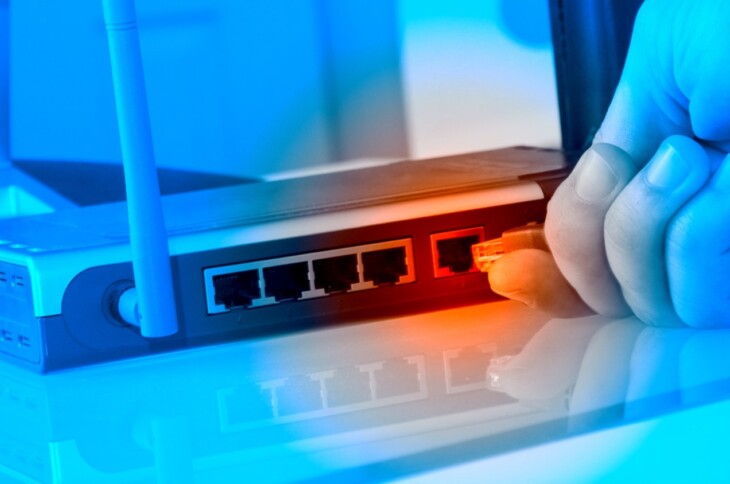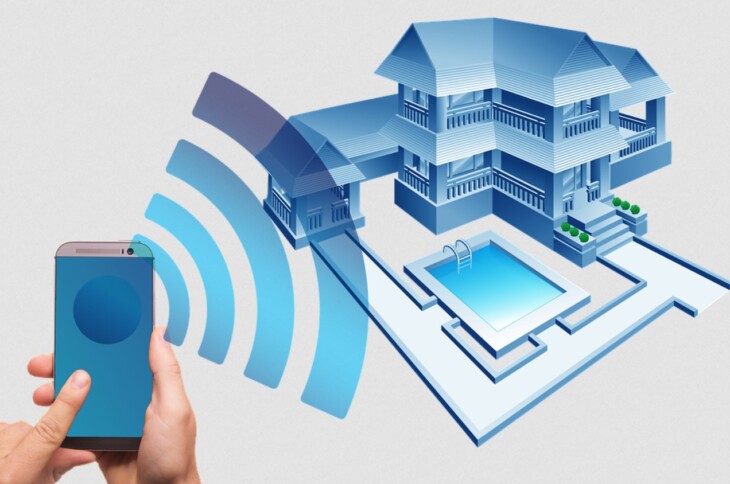Your router is like your diary that keeps everything about you. Everything you send and receive in your device goes through your router. However, it is crucial to keep your router secure because it also keeps your account passwords, including your online banking information.
If you never tried to keep your network secure, don’t panic—you have many ways to improve your router’s security right now. We will help you protect any essential information stored in your router with this quick guide. After this, you will feel more at ease with having a firmly secured router.

Source: Lifehacker Australia
Contents
1. Sign in to your router
Accessing your router settings can be intimidating as it looks super technical, but it’s not as bad as you think. Before anything else, you have to connect to your router. You can either use your Wi-Fi network or connect via ethernet cable. If you are using your home internet, such as EarthLink, you are already connected to your router. After that, you need to determine your router’s IP address—not the IP address that shows when you search “what’s my IP address.”
The easiest way to determine your router’s default IP address is to know your router’s manufacturer and model. Once you google it with the router’s model, you will most likely get a correct answer. There are also different ways to look for your IP address in Windows and Mac devices. If your internet provider offers network management applications, it will be easier for you to find it there.
2. Change the default login details immediately
Most of the router’s login credentials are easy to guess. It is usually “admin” for the username with the password as “password” or “1234.” If this is your first time accessing your network settings, you may be in massive trouble. Once you are already in, change your username and password as soon as you access it, and choose hard-to-guess credentials. If you don’t change it, anyone can easily access your network without you knowing it.

Source: Network World.com
3. Use Wi-Fi Protected Access (WPA)
Never leave your Wi-Fi without a password. Once you configure your Wi-Fi password, turn on Wi-Fi Protected Access 2 (WPA2) or WPA3. It might look technical, but don’t panic, as you will quickly find this in your router’s settings. With this, you can only access your Wi-Fi network with the right password, as it has been encrypted already.
WPA3 is the latest security standard, WPA2 being the second, and WEP and WPA being the oldest. If you are using an older router, WEP and WPA are better than having no protection at all. However, you should consider upgrading to a newer router.
4. Change your Wi-Fi’s name and password.
Service Set Identifier or SSID is also known as the Wi-Fi name. You can change it to whatever name you want it to be, but avoid using words that can provide potential hackers sensitive information. Naming your network with random words, like your favourite pizza flavour or some made-up words, will be perfect, as long as you can remember it. Using unique names will help you quickly identify your network, especially if you live in an urban area. Your Wi-Fi password game should be stronger than your Wi-Fi name. Of course, the longer is always better, but make it easy to remember.

Source: Wi-Fi
5. Keep your router’s firmware constantly updated.
Regularly updating Wi-Fi network firmware will improve your network’s security performance. Router manufacturers launch software updates to address system issues and vulnerabilities. Always keep your network up to date to prevent your network from being vulnerable to any internet attacks.
You will find these updates in your router settings as well. If you don’t like to log in to your router network now and then, you can turn on the automatic firmware updates. However, not all routers have this feature. If your router does not offer it, you have to check it from time to time.
6. Stop using unnecessary features.
Wi-Fi Protected Setup (WPS), Universal Plug Play (UPnP), and remote access protocols are standard router features that are A+ for convenience but F for security. Here’s why.
- Wi-Fi Protected Setup – WPS allows you to connect devices without typing in your password. It is very convenient if you have a lengthy password, but if not, you should just log in the standard way.
- UPnP – this is a little more complicated than WPS. To make it simpler, you are allowing your devices to look for other devices in your network, and you can also modify your router to enable network access to devices outside your network.
Anyone who wants to use the UPnP client can determine their external IP address through the Internet Gateway Device Protocol, which is necessary for the setup process. Some people use it to reduce the complexity of the device setups, but this convenience will make your network too vulnerable to attacks.
- Remote access protocols – remote access allows you to access your router settings even if you are not connected to the network. It might be beneficial for business networks, but it might be unnecessary for home networks.

Source: Lifewire
7. Use a virtual private network.
VPN is a helpful shield that can hide your online identity by data encryption and conceal your actual location. You may often see or read posts encouraging you to use VPNs on your devices which is an excellent choice, but it would be better to connect your router to a VPN. However, not all routers support this feature. One issue VPN users experience is the latency they encounter while using VPNs. You can monitor your network’s speed using speed tests online.
Conclusion
Having a secured network is vital to keep your personal information safe. Fortunately, there are numerous ways to do this. Changing your default login credentials, network name, and password into a unique one can strengthen your security quickly. You can also utilize your router’s features like WPA2 and disable unnecessary features to enhance your network security. Make your router an impenetrable fortress by following these valuable tips, and never worry about network hackings and attacks.
